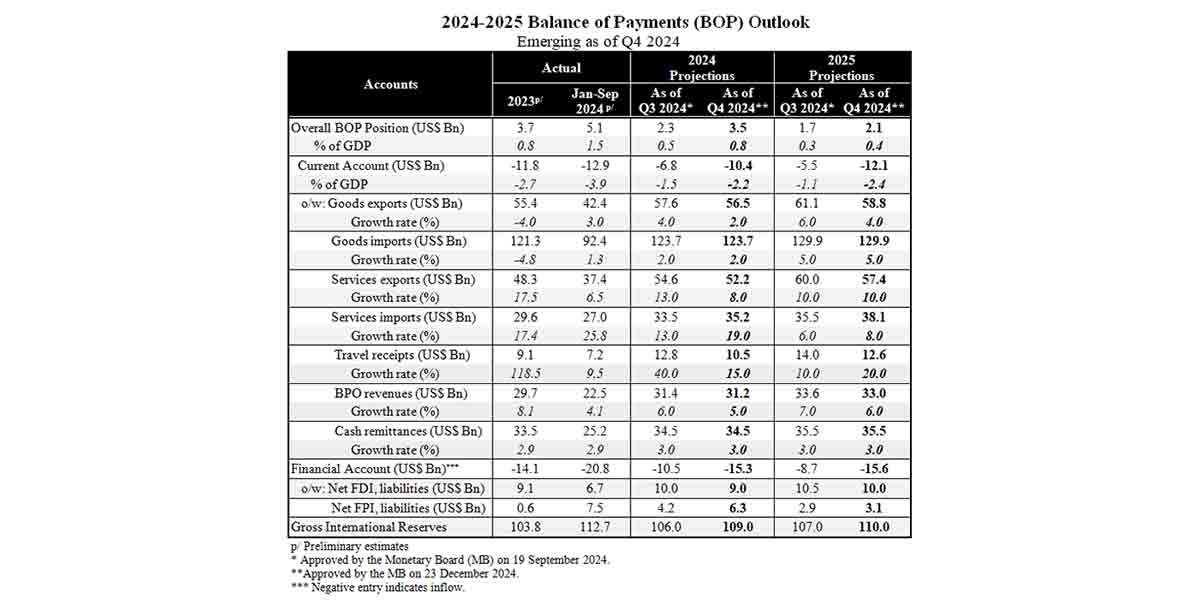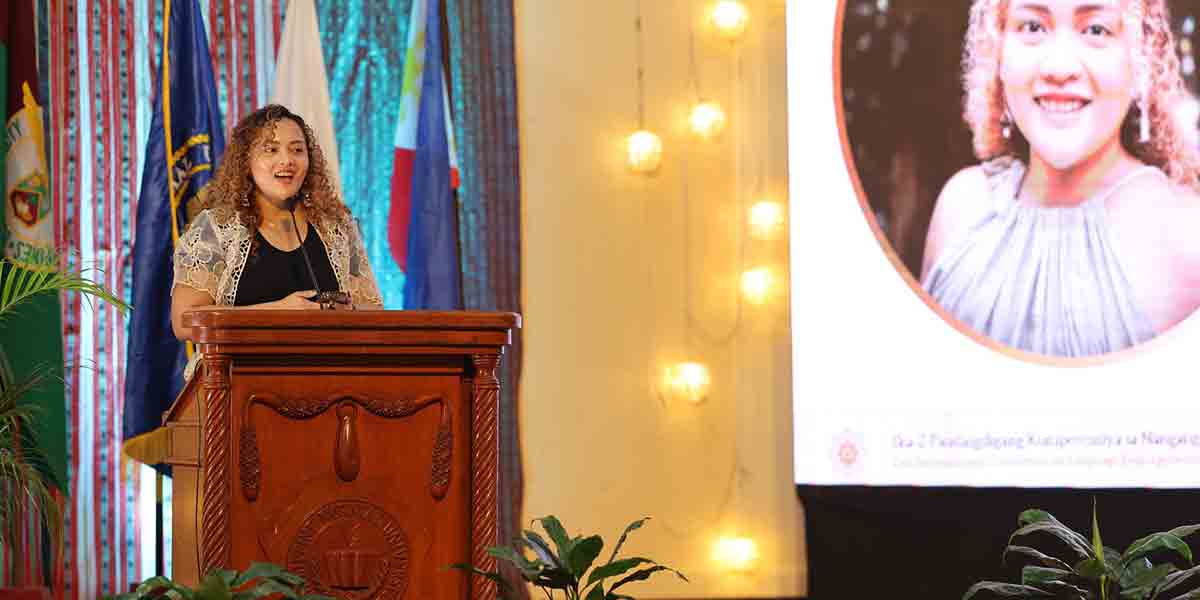 By Atty. Rolex T. Suplico
By Atty. Rolex T. Suplico
Before the year 2020 is over, the Philippines already got its overdose of successive typhoons, and several typhoons are still expected. Typhoon Ulysses, the latest typhoon to hit the country, caused untold havoc and indescribable misery, resulting in the name being decommissioned so that it may not be used again. But the wretched floods are still out there as of this writing. People are blaming the National Irrigation Administration (NIA) for releasing the raging waters of the large rock-filled, multi-purpose Magat Dam, one of the largest dams in the Philippines. There has been talk of suing NIA. But can this be done, my dear Reader?
This question was answered by the Second Division of the Supreme Court in the case of NATIONAL IRRIGATION ADMINISTRATION AND THE ADMINISTRATOR OF THE NATIONAL IRRIGATION ADMINISTRATION, Petitioners, v. THE HONORABLE INTERMEDIATE APPELLATE COURT, ANDRES VENTURA, ANTONIO FAJARDO, MARCELO FAJARDO, ALFONSO VENTURA AND FLORENTINO VENTURA, Respondents (G.R. No. 73919. September 18, 1992). Justice Nocom wrote the decision.
In 1967, NIA constructed an irrigation canal in Sta. Rosa, Nueva Ecija, which passed through the 5-hectare landholdings of the Venturas and the Fajardos, the private respondents. The canal has 2 outlets on both sides, which provided and, at the same time, drained the excess water, from the land.
On February 13, 1975, the private respondents sued NIA and its Administrator for abatement of nuisance with damages. They alleged that the 2 outlets did not have gates to regulate the flow of the water to their land. This resulted in the flooding of their land, “causing the former to sustain damages consisting in the destruction of the planted palay crops and also prevented them from planting on their landholdings.”
After trial on the merits, the trial court ruled in favor of the private respondents. On appeal, the Intermediate Appellate Court (IAC, and now the Court of Appeals) affirmed the trial court’s decision in toto. NIA and its Administrator then filed a petition for review on certiorari with the Supreme Court to annul the decision of the IAC.
The petitioners contend that “NIA is immune from suit for quasi-delict or tort and assuming NIA could be sued, it is not liable for tort since it did not act through a special agent as required under paragraph 6, Article 2180 of the Civil Code of the Philippines.”
The Court first examined the charter or the law creating NIA. It held that:
“As correctly ruled by the court below, the NIA “is not immune from suit, by virtue of the express provision of P.D. No. 552.” A reading of Section 2, sub-paragraph (f) of P.D. No. 552, amending Republic Act No. 3601 shows the granting to NIA the power “to exercise all the powers of a corporation under the Corporation Law, insofar as they are not inconsistent with the provisions of this Act.” Paragraph 4 of said law also provide that petitioner NIA may sue and be sued in court for all kind of actions, whether contractual or quasi-contractual, in the recovery of compensation and damages as in the instant case considering that private respondents’ action is based on damages caused by the negligence of petitioners. This Court had previously held that “the National Irrigation Administration is a government agency with a juridical personality separate and distinct from the government. It is not a mere agency of the government but a corporate body performing proprietary functions” as it has its own assets and liabilities as well as its own corporate powers to be exercised by a Board of Directors.”
The Court pointed out that “Paragraph 6, Article 2180 of the Civil Code of the Philippines states that: “The State is responsible in like manner when it acts through a special agent; but not when the damage has been caused by the official to whom the task done properly pertains, in which case what is provided in article 2176 shall be applicable.” Article 2176 of said Code provides that: “Whoever by act or omission causes damage to another, there being fault or negligence, is obliged to pay for the damage done. Such fault or negligence, if there is no pre-existing contractual relation between the parties, is called a quasi-delict and is governed by the provisions of this Charter.”
The Court then held that NIA and its Administrator “are liable for the damages caused by their negligent act.”: It quoted with approval the findings of the trial court on the issue of negligence, where witnesses for the plaintiffs (now, the private respondents) testified that “NIA constructed irrigation canals on the landholding[s] of the plaintiffs by scrapping away the surface of the landholding[s] to raise the embankment of the canal. As a result of the said construction, in 1967 the landholdings of the plaintiffs were inundated with water. Although it cannot be denied that the irrigation canal of the NIA is a boon to the plaintiffs, the delay of almost 7 years in installing the safety measures such as check gates, drainage[s], ditches and paddy drains has caused substantial damage to the annual harvest of the plaintiffs. In fact, Engineer Garlitos, witness for the defendant declared that these improvements were made only after the settlement of the claim of Mrs. Virginia Tecson, which was sometime in 1976 or 1977, while the irrigation canal was constructed in 1976 [1967]. The testimonies of the plaintiffs essentially corroborated by a disinterested witness in the person of Barangay Captain Prudencio Martin, proved that the landholdings of the complainants were inundated when the NIA irrigation canal was constructed without safety devises thereby reducing their annual harvest of 30 cavans per hectare (portions flooded). The failure [,] therefore, of the NIA to provide the necessary safeguards to prevent the inundation of plaintiffs’ landholding[s] is the proximate cause of the damages to the poor farmers. On the other hand, the defendant maintains that the cause of inundation of plaintiffs’ landholdings was the check gate of the Cinco-cinco creek known as Tombo check gate. However, evidence showed that this check gate existed long before the NIA irrigation canal was constructed and there were no complaints from the plaintiffs until the canal of the NIA was built. The uncontested testimony of barrio captain Prudencio Martin that the former name of the sitio where the plaintiffs’ landholdings were located was “Hilerang Duhat” but was changed to Sitio Dagat-dagatan because of the inundation was not without justification.”
The Court likewise sustained the IAC’s award of damages. It said that:
“It has been established that the plaintiffs’ landholdings were actually inundated. The testimonies by all the plaintiffs, with respect to the amount of the loss they suffered, were not impugned by any contradictory evidence of the defendant. To Our mind, these testimonies are sufficient proof to make the grant of damages valid and proper. Besides, the amount awarded by the lower court is but just and reasonable considering the circumstances of the case.”
The Court then denied petition for review on certiorari for lack of merit. In effect, it sustained the findings of the IAC
The answer, therefore, to the question of whether or not NIA and its Administrator may be sued by any Juan de la Cruz living somewhere in the flooded plains of Cagayan, Isabela, Nueva Ecija and the other inundated areas for negligent acts such as those which resulted in the flooding of Northern Luzon is a big yes.
My dear Reader, it can be done, and it has been done successfully. “Carpe diem, carpe nocterm, carpe vitam.” Loosely translated, this means seize the day, seize the night, and seize life.




















